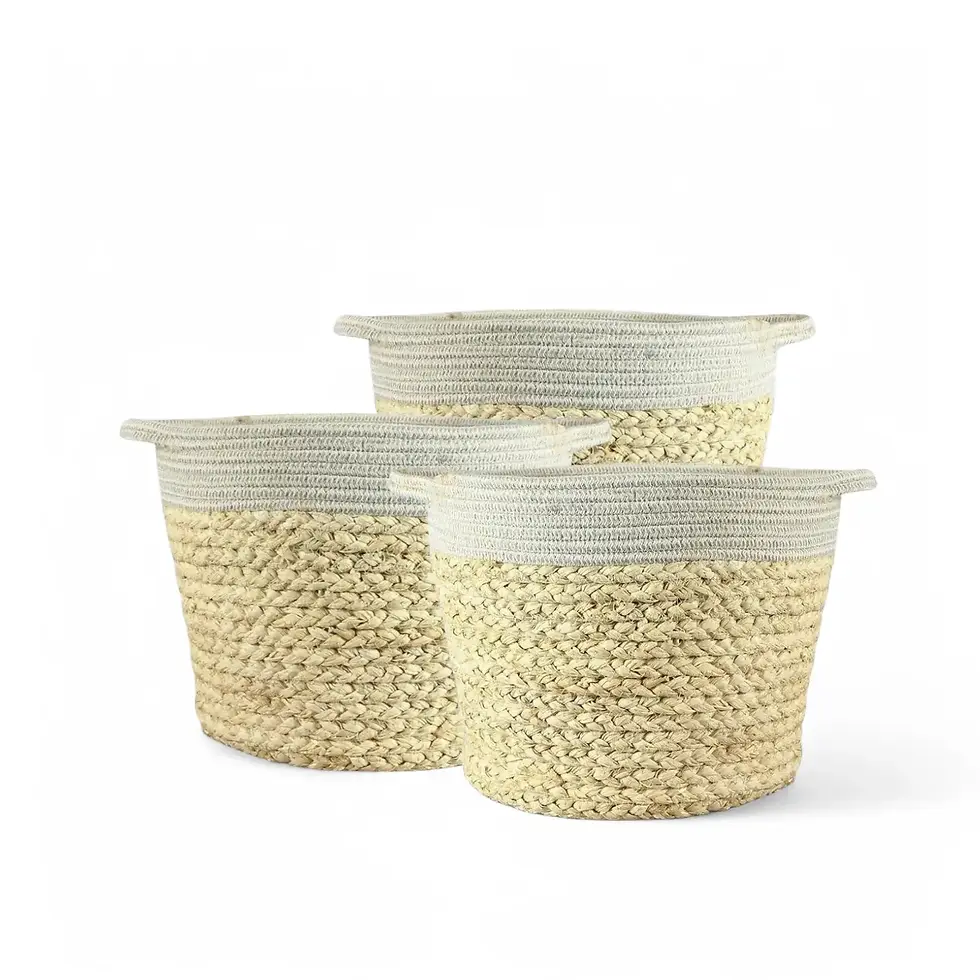Actiniopteris australis - Your Guide to Care and Cultivation
Actiniopteris australis, often referred to as the Eyelash Fern, is a captivating houseplant that brings elegance and freshness to any indoor space. Its delicate, fan-shaped fronds, resembling clusters of soft eyelashes, create a unique visual appeal. Compact in size and low-maintenance, this fern is perfect for terrariums, small pots, or as part of a lush indoor plant collection.
Why Choose Actiniopteris australis?
- Compact Beauty: Grows up to 15 cm, ideal for limited spaces or terrariums.
- Exquisite Foliage: Fan-like fronds radiate gracefully, creating a lush, tropical look.
- Safe for Pets: Non-toxic to cats, dogs, and humans.
Essential Facts About Actiniopteris australis
- Natural Habitat: Found in tropical climates like Réunion and Mauritius, thriving in warm, humid conditions (18-24°C).
- Growth Habit: Upright and compact, forming dense clusters.
- Toxicity: Completely non-toxic, making it a pet- and child-friendly option.
- Lifecycle: A perennial fern providing year-round greenery.
How to Care for Actiniopteris australis
- Light: Prefers bright, indirect light but tolerates low-light conditions. Avoid direct sunlight.
- Watering: Keep soil consistently moist but not waterlogged. Let the top layer dry slightly between waterings.
- Humidity: Thrives in high humidity (60-80%). Use a humidifier or place near water trays.
- Temperature: Best suited for 18-24°C. Avoid cold drafts or heating vents.
- Soil: Use well-draining, organic potting mix with peat moss, perlite, and compost.
- Repotting: Annually or when roots outgrow the pot. Use a pot with proper drainage.
- Fertilizing: Feed monthly with diluted, balanced liquid fertilizer.
- Propagation: Divide clusters during repotting and replant in fresh soil.
- Hydroponics: Adaptable to semi-hydroponic setups with consistent water levels.
- Pruning: Remove yellow or damaged fronds to maintain a neat appearance.
Actiniopteris australis - Troubleshooting Common Problems
→ Pests
- Spider Mites: Increase humidity and treat with neem oil, or use beneficial insects or insecticidal soap.
- Mealybugs: Dab affected areas with alcohol or use a systemic insecticide.
→ Root Rot
Ensure the pot has drainage holes and avoid overwatering. Use a well-draining soil mix.
→ Frond Issues
- Browning Tips: Caused by low humidity or hard tap water. Increase humidity and use filtered water.
- Yellowing Leaves: May indicate overwatering or insufficient light. Adjust care accordingly.
→ Fungal Problems
Improve airflow and reduce watering frequency if mold appears.
Unique Features and Uses for Actiniopteris australis
- Terrarium-Friendly: Ideal for closed or open terrariums.
- Low Maintenance: Suitable for both beginners and experienced plant lovers.
- Decorative Appeal: Adds a soft, tropical vibe to modern and traditional interiors.
Etymology
The genus name Actiniopteris is derived from the Greek words aktis (ray) and pteris (fern), reflecting its radiating fronds. The species name australis highlights its Southern Hemisphere distribution. Initially described as Acrostichum australe by Carl Linnaeus the Younger, it was later reclassified by Heinrich Friedrich Link in 1841.
Frequently Asked Questions about Actiniopteris australis
→ Can Actiniopteris australis grow in low light?
Yes, but bright, indirect light encourages optimal growth.
→ Is the Eyelash Fern pet-friendly?
Absolutely! It is non-toxic and safe for pets and humans.
→ What’s the best way to increase humidity?
Use a humidifier, group plants together, or place near a pebble-filled water tray.
Order Actiniopteris australis Today!
Bring the elegance of this miniature fern into your home. Shop now to enjoy its unique beauty and low-maintenance charm.
Actiniopteris australis
Actiniopteris australis approx 10 cm tall and comes in a ⌀ 5.5 cm pot

























































